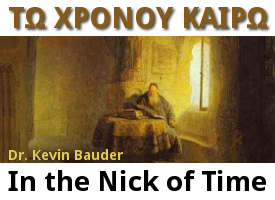Now, About Those Differences, Part Twenty Four
 The entire “Now About Those Differences” series is available here.
The entire “Now About Those Differences” series is available here.
As iron sharpens iron,
one person sharpens another. (Proverbs 27:17)
 The entire “Now About Those Differences” series is available here.
The entire “Now About Those Differences” series is available here.
 The entire “Now About Those Differences” series is available here.
The entire “Now About Those Differences” series is available here.
The best and most accurate body of manuscripts underlying the New Testament is the Textus Receptus. This then supports the King James Version for which I unashamedly stand and from which I exclusively study and preach.
—Evangelist Dwight Smith
The Masoretic Text of the Old Testament and the Received Text of the New Testament (Textus Receptus) are those texts of the original languages we accept and use; the King James Version of the Bible is the only English version we accept and use.
—Temple Baptist Church and Crown College, Knoxville, Tennessee
At first glance, the present essay will appear to be a digression from the conversation about fundamentalists and conservative evangelicals—and a lengthy digression at that. It is not. It is rather an attempt at recognizing that, when the principles of Christian fellowship and separation are applied consistently, they affect our relationship with professing fundamentalists as well as our relationship with other evangelicals. To illustrate this point, let me begin with a personal anecdote.
Discussion